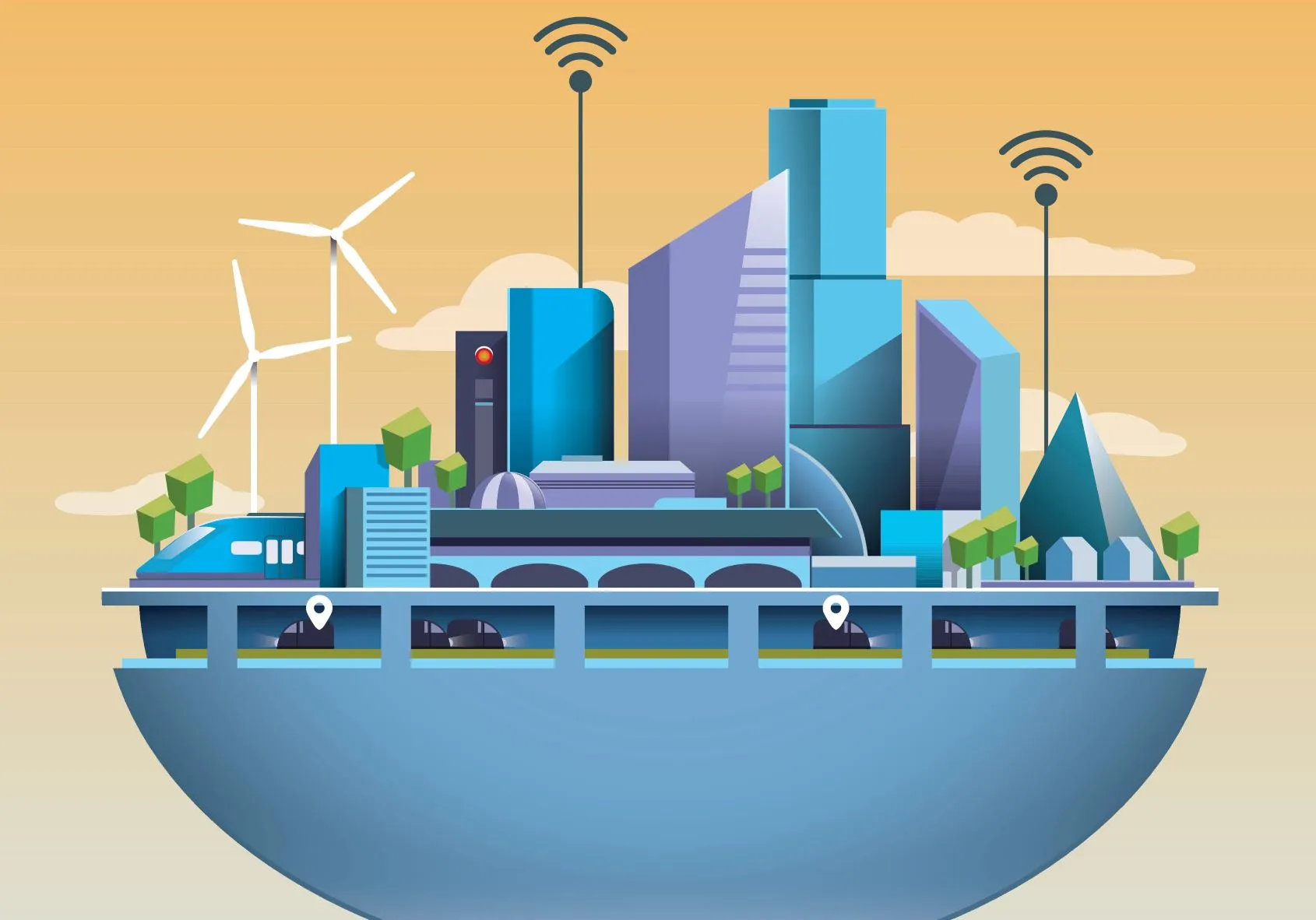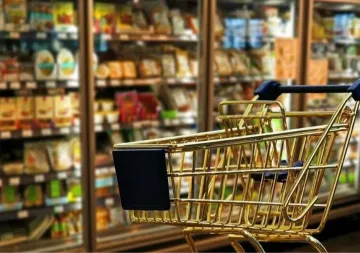 This article is part of the series — What to Expect from 2021.
This article is part of the series — What to Expect from 2021.
The COVID-19 pandemic has disrupted global value chains and led to the contraction of urban economies. Cities have been hit especially hard due to substantial
loss of jobs and fall in productivity of local enterprises. The pandemic has also
laid bare and exacerbated the current crisis of urban safety, urban employment and urban access to public infrastructure. One of the biggest global challenges in the forthcoming decade will be to create resilient cities, balanced with sustainable economic development. Creating circular or ‘doughnut cities’ could be the answer.
The concept of a doughnut or circular city derives from the principles of a circular economy being applied to a territorially bound city-region. The model of circular economies is gaining global recognition as a response to the rising challenges of urbanisation. A circular city is self-reliant by enabling local waste-to-resource loops, local food systems and local small-scale manufacturing infrastructure. The goal of a circular city is to design symbiotic products with the view to optimise the cycle of dismantling, refurbishing, recycling and reusing. The circular city model aims to not only reduce the reliance on raw materials but also create a liveable environment with reduced pollution and waste.
The goal of a circular city is to design symbiotic products with the view to optimise the cycle of dismantling, refurbishing, recycling and reusing.
A circular economy works on the underlying principle of disassociating economic growth from consumption. The model is regenerative by design and focuses on recovering all wastes as resources for new production cycles, thereby forming a ‘close loop.’ As compared to linear economies, a circular economy intends to reduce costs and increase the rate of production with the help of disruptive technologies and productive utilisation of inputs. For fast-moving consumer goods, a circular economy can lead to a material cost-saving of about
US$ 700 billion globally. Moreover, the remanufacturing sector is also likely to create more labour-intensive employment and high-skilled job opportunities; it is estimated that the circular economy has the potential to create about
14 million jobs in India over the next decade.
The city of Amsterdam has adopted a
Circular Strategy 2020-2025 based on economist
Kate Raworth’s idea of doughnut economic, with the aim of becoming completely ‘circular’ by 2050. Amsterdam’s circular city model focusses on three value chains—food and organic waste, consumer goods, and the built environment. The city intends to reduce the consumption of primary raw materials by 50 percent. It aims to break the linear flow of food production by bringing back the organic waste in the production loop and reducing food waste by 50 percent. Additionally, the city plans to provide buildings with a ‘materials passport’ to ensure that the construction material is renewable and valuable.
The adoption of a circular economy in Indian cities will require an enabling local policy environment, disruptive technologies and partnerships.
According to a
study by FICCI, about US$ 697 billion of India’s GDP can be secured through the adoption of circular business models by 2030. The adoption of a circular economy in Indian cities will require an enabling local policy environment, disruptive technologies and partnerships. Greater awareness of sustainable products, for example, can help shift consumer preferences, making them more receptive of resource-efficient options. Enabling a circular economy at the community level will require a favourable regulatory framework to ensure producers and entrepreneurs comply by rules to make collection, recycling and reusing feasible.
The Construction and Demolition Waste Management Rules 2016, for instance, already mandates local bodies to use about 20 percent of construction and demolition waste in municipal contracts. The transition towards circular urban economies in India needs policy frameworks that allow the development of skills and the inclusion of informal workers in the formal chain of remanufacturing. This will not only foster the adoption of indigenous technologies but also provide livelihood security. Additionally, local governments could introduce budgetary allocations to finance and incentivise circular economy initiatives.
The COVID-19 pandemic has provided a crucial opportunity for cities in India to reset, optimise resource utilisation, create sustainable jobs, reduce planned obsolescence consumption and build resilience against external shocks. A shift towards creating doughnut cities will also help achieve the UN’s
Sustainable Development Goal 11 of making cities and human settlements inclusive, safe, resilient and sustainable by 2030.
The views expressed above belong to the author(s). ORF research and analyses now available on Telegram! Click here to access our curated content — blogs, longforms and interviews.



 This article is part of the series —
This article is part of the series —  PREV
PREV


